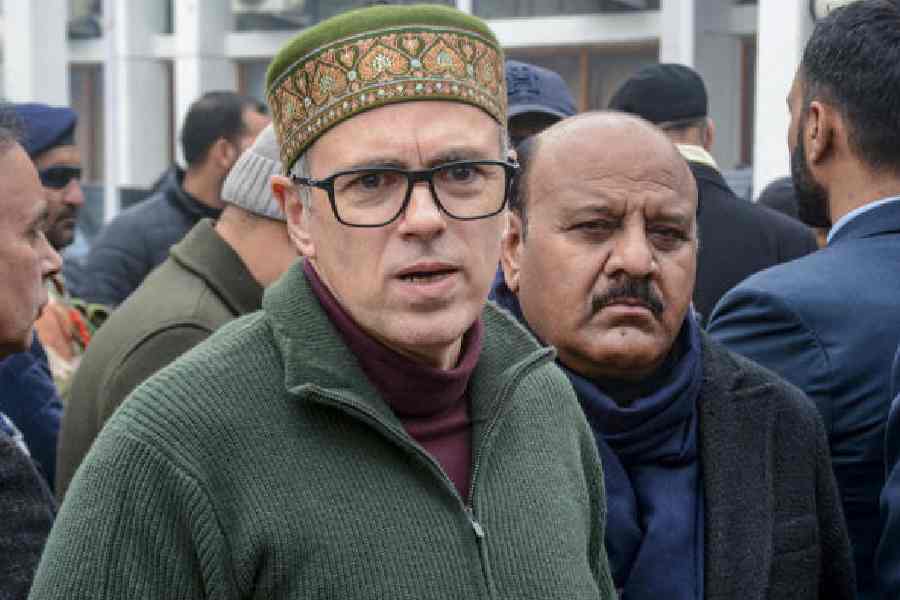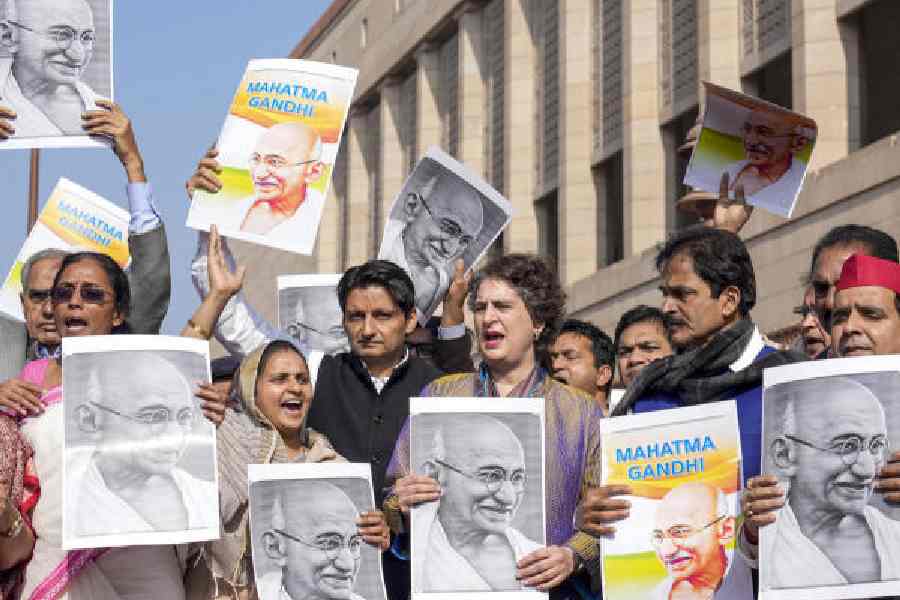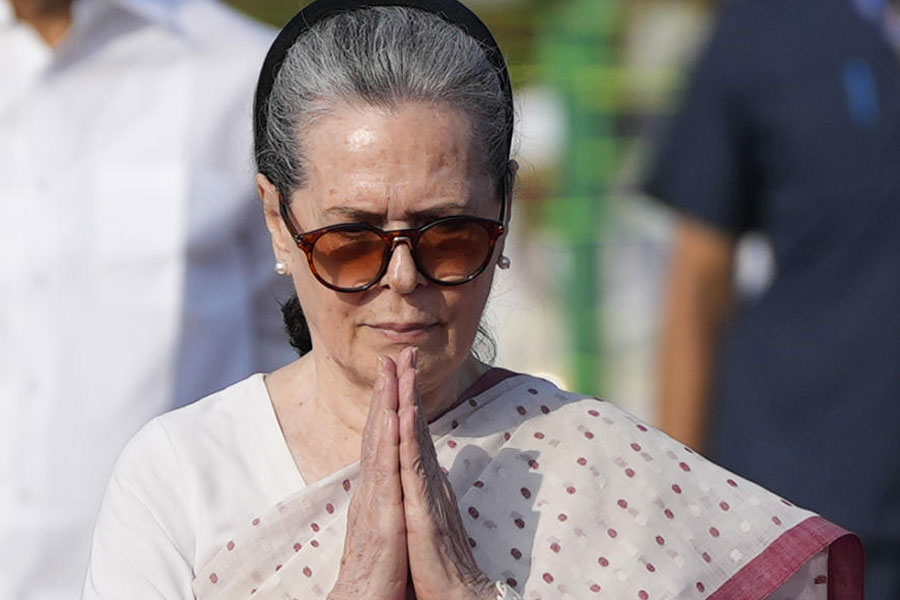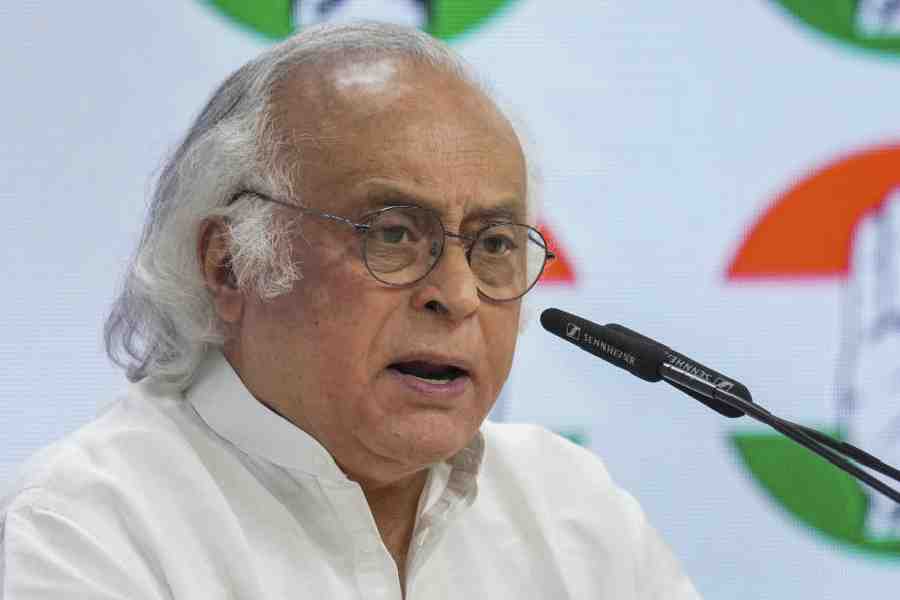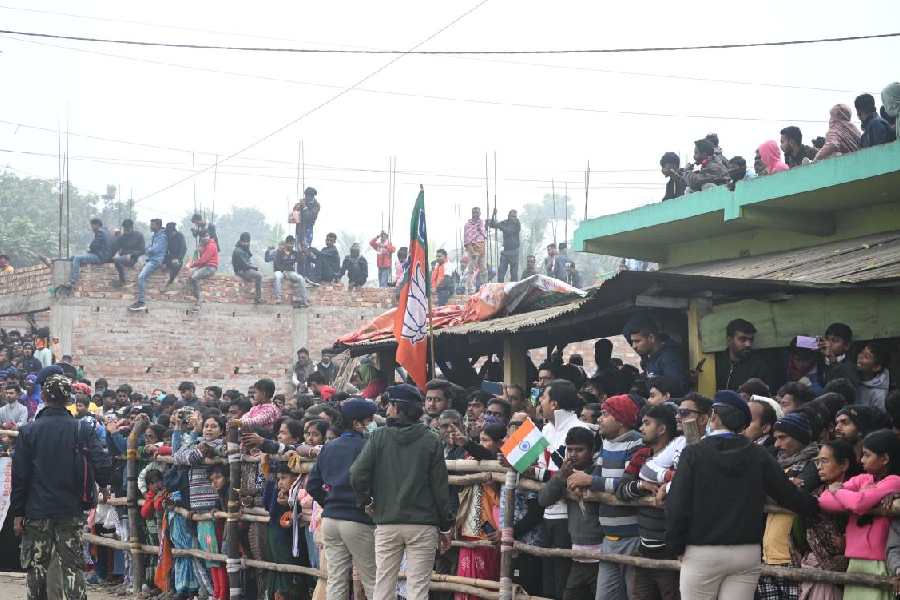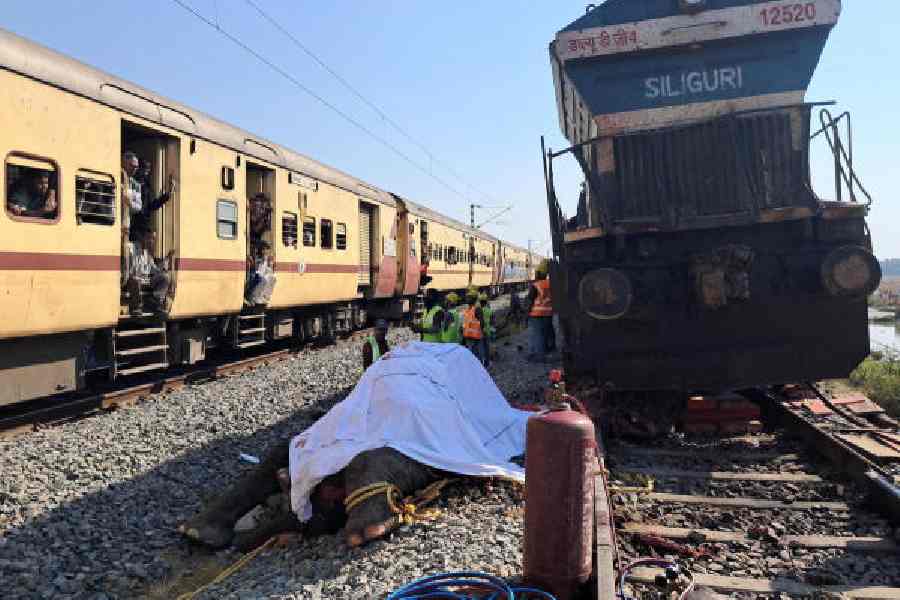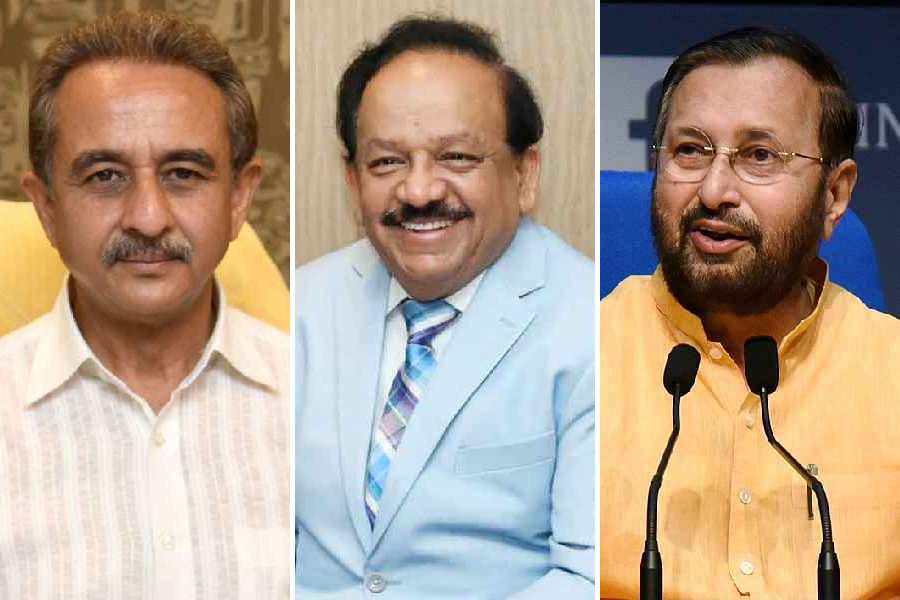A workshop in the capital on the implementation of Right to Education (RTE) Act on Tuesday threw up interesting facts and figures about schools across the state.
“I know of a school in Gaya which has a student-teacher ratio of 450:1. Then, how can we expect proper implementation of the RTE Act?” said a teacher, who had come to attend the programme at a city hotel. The workshop, “Sharing the study of Bihar in context to implementation of RTE Act”, organised by Bihar State Commission for Protection of Child Rights with support from Unicef, saw a good number of participants.
The commission and organisations like Praxis, however, had a different story to tell based on the study they conducted in 375 schools of the state in collaboration with Unicef.
Praxis state head Anindo Banerjee said: “The study was conducted in 375 government elementary schools and neighbourhood communities selected from all 38 districts of the state. A stratified random sampling approach was made for the purpose, which found the average student-classroom ratio across schools in Bihar to be 82 and the average pupil-teacher ratio 57, higher than the RTE norm.”
Lauding the efforts of Nisha Jha, the commission chairperson, education minister P.K. Shahi said: “The commission has done a good job in implementing the RTE Act but with some flaws. For example, schools lag behind in meeting the student-classroom ratio, student-teacher ratio, boundary wall and separate girls’ toilets conditions. The progress over the past two years is appreciable. There are many challenges in the implementation of the RTE Act and I have asked for some more time from the Centre. The act could not be implemented fully owing to lack of infrastructure. Of 1,42,000 classrooms to be built, 30,000 were constructed in the past four months. We aim to build 81,000 classrooms this year.” He added 20,000 schools lack land for kitchen sheds.
Amarjeet Sinha, principal secretary, education department, said the student-teacher ratio of 40:1 would be achieved by November.


